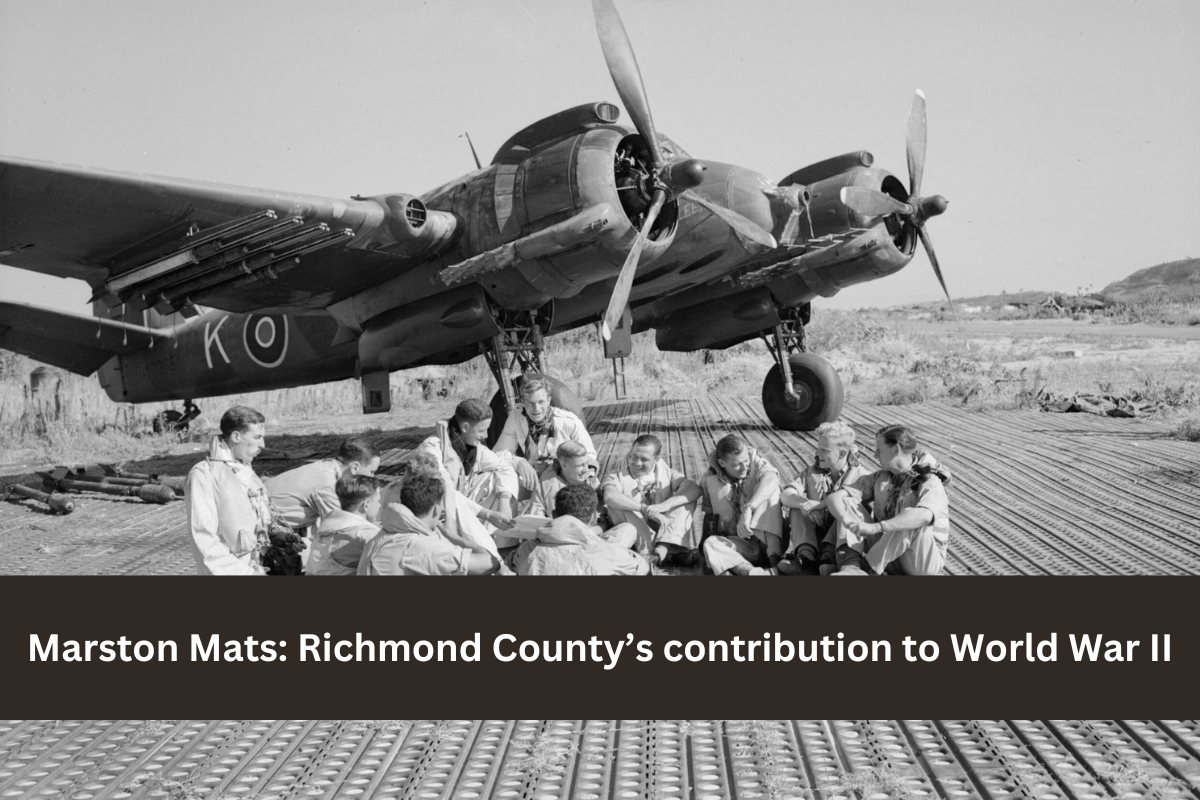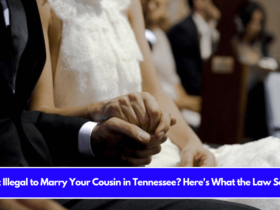A small community in Richmond County gave its name to a material that helped win World War II.
Many Richmond County residents are familiar with Camp Mackall and its military troops. Every year, people are reminded of the camp’s presence during the Robin Sage war games.
People who watched HBO’s version of Stephen Ambrose’s book “Band of Brothers” may remember that the group in the book spent some time training at the Richmond County camp.
One member who was closely watched, 1st Lt. Carwood Lipton, actually moved to Southern Pines. The show’s Lipton was played by Donnie Wahlberg.
But you might not know much about the simple mat that bears the name of the small town of Marston.
As the old saying goes, “need is the mother of invention.” The need for the invention came from an air war that didn’t have any airfields. It was tried in Marston, which is a few miles north of Rockingham and just south of Hoffman.
American troops had to land big planes on green fields in Europe, which was a problem. The needed roads, which are common after a war, were not to be found. It was important for the U.S. Army Air Corps to have an easy way to make fields work for its landing gear.
The answer is to make metal strips that are easy to place and look like the vinyl plank flooring that most people are familiar with.
The Carnegie Steel Company made “Pierced Steel Planking,” as the material was first known, to solve that issue.
As “The U.S. Army GHQ Maneuvers of 1941,” which came out in 1991, says, the mats were used all over the world during the war. The changing sands of the Pacific islands must have made more people want to buy.
In November 1941, this cut steel planking was put to the test for the first time in Marston. Once more, “The U.S. Army GHQ Maneuvers of 1941” says that the 21st Engineer Regiment made a 3,000-foot runway on Marston ground that hadn’t been improved.
The whole job took 11 days and 18 train cars full of planks. The local train industry probably helped with this. During the rest of the war, every American makeshift airport paid tribute to that Marston ground for its service to the cause.
There are 87 holes in each mat, which is 15 inches wide and 10 feet long and weighs 66.2 pounds. The holes are about the size of a Coke can, which is a bit bigger than the holes in most high-end vinyl floors.
You might find some Marston mat today if you look around.
A copy of the famous A-11 wristwatch with a Marston Mat face is being sold by the Praesidus watch company. The American troops were given the A-11, which is why it is often called “the watch that won the war.
” The website for the company says that the Marston mat that was used in the production was found at Utah Beach by the mayor and his family. One of the places where troops landed in France on D-Day was code-named Utah Beach.















Leave a Reply